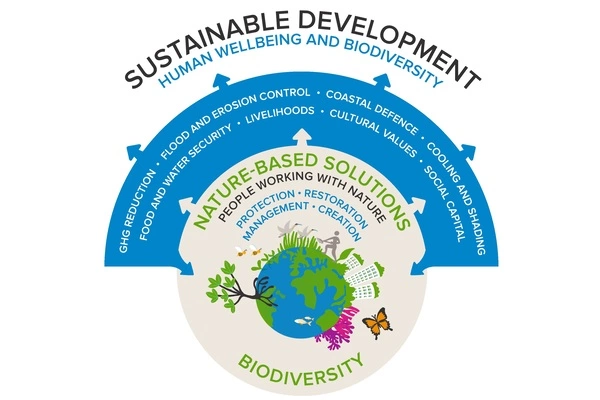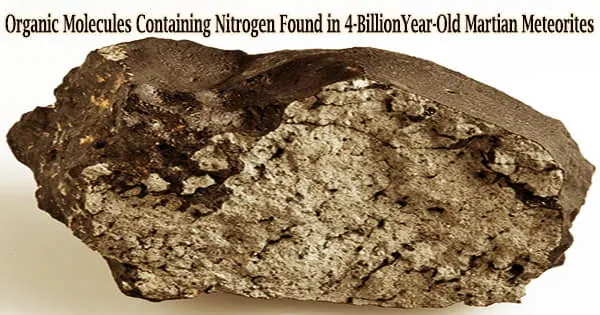Ecosystem scientists and policy experts in the United States are calling for a scientific approach to nature-based climate solutions. The report is the result of a June meeting in Washington, D.C., of dozens of scientists and policy experts to confront the consequences of climate change and ensure the scientific foundation for nature-based climate solutions.
A report co-authored by leading ecosystem scientists and policy experts, including Agricultural Engineering Professor Ben Runkle, calls for a scientific approach to nature-based climate solutions in the United States. The report is the result of a June meeting in Washington, D.C., of dozens of scientists and policy experts to confront the consequences of climate change and ensure the scientific foundation for nature-based climate solutions.
The report reviews the current knowledge in the field and offers a multidisciplinary plan for the science, tools, and technologies needed to support a policy that will mitigate the effects of climate change.
The researchers are calling for a roughly $1 billion investment in science and infrastructure development to ensure nature-based climate solutions are robust and credible, that ground-based experiments and monitoring inform rigorously benchmarked maps, model predictions, and protocol evaluations.
Essentially we can use the many agricultural fields of Arkansas as test-beds for research under real-world management conditions. This provides a quicker and more thorough understanding of how field and farm management can be used to boost sustainability outcomes – quicker because we don’t have to work first in a greenhouse and then an experimental farm.
Professor Ben Runkle
“Although the investment necessary to generate this information is not small, it is a fraction of the amount already allocated to implement nature-based solutions,” Runkle said. “Investing in sound science to predict, monitor, and verify the benefits of these strategies is fundamental to ensuring their success.”
Nature-based climate solutions include reforestation, as well as climate-smart agriculture, and wetland restoration. They harness natural processes to reduce greenhouse gas concentrations in the atmosphere and slow climate change.
These approaches have substantial and growing support from bipartisan lawmakers, the private sector, and conservation-minded organizations, but the scientific evidence to support their effectiveness is not fully developed.

The authors identify critical gaps in the science needed to support large-scale implementations of nature-based climate solutions and chart a research agenda to address these gaps. They also provide a set of principles to guide future assessments of the effectiveness and viability of nature-based climate solutions.
Among the numerous strategies for achieving the overall goal, Runkle’s research group focuses on ecosystem-scale measurement. They use micrometeorological flux towers to measure basic atmospheric conditions. The measurements will enable the team to enhance and expand ground-based monitoring networks and distributed experiments.
This effort includes:
• Creating robust datasets against which models, mapping tools, and monitoring protocols can be evaluated and compared.
• Creating networks of distributed field trials and experiments to evaluate emerging or understudied strategies for nature-based climate solutions.
• Enhancing existing environmental observation networks with more representative sites and data.
• Creating a national soil-carbon-monitoring network.
“Essentially we can use the many agricultural fields of Arkansas as test-beds for research under real-world management conditions,” Runkle said. “This provides a quicker and more thorough understanding of how field and farm management can be used to boost sustainability outcomes – quicker because we don’t have to work first in a greenhouse and then an experimental farm.”
















